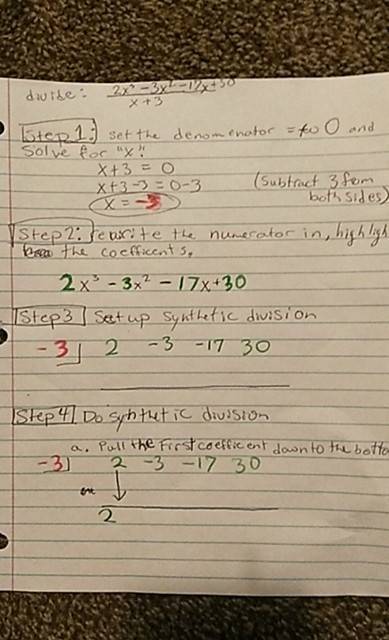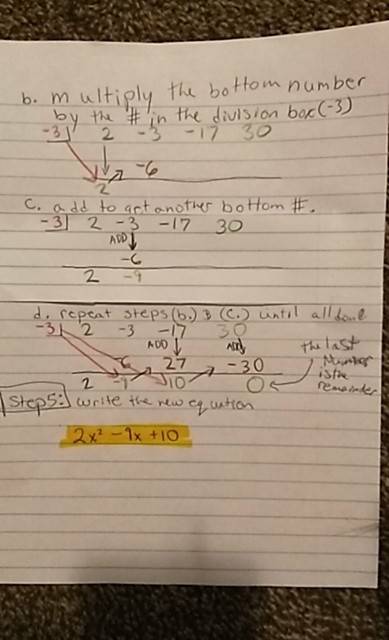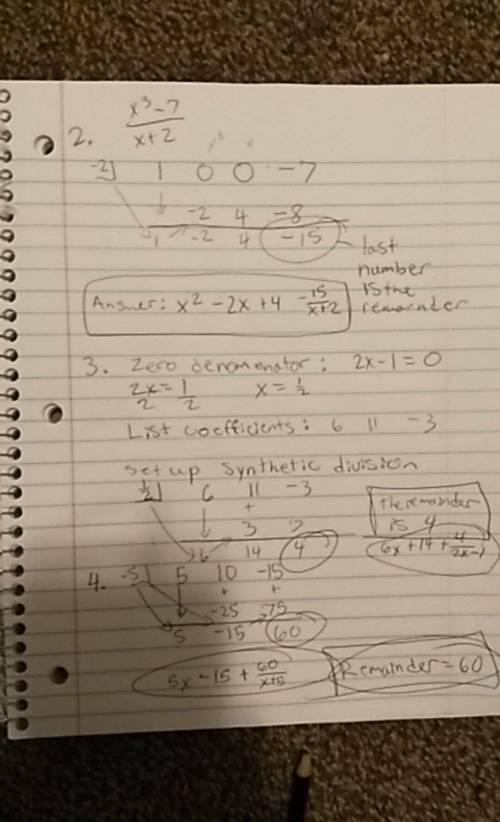 8
8  as well as
as well as  )
) )
)


 8
8  as well as
as well as  )
) )
)


 33
33  33
33 
Step-by-step explanation:
I'd say  because when you perform long division on
because when you perform long division on  divided by
divided by  . You'll likely divide
. You'll likely divide  by
by  first and end up having
first and end up having  as the term with the highest degree of the quotient.
as the term with the highest degree of the quotient.

Step-by-step explanation:
I'd say  because when you perform long division on
because when you perform long division on  divided by
divided by  . You'll likely divide
. You'll likely divide  by
by  first and end up having
first and end up having  as the term with the highest degree of the quotient.
as the term with the highest degree of the quotient.
 2
2 8^4 or 4096.
Step-by-step explanation:
log8 x = 4
Therefore by the definition of a logarithm:
x = 8^4
 5
5  2
2 8^4 or 4096.
Step-by-step explanation:
log8 x = 4
Therefore by the definition of a logarithm:
x = 8^4
 5
5 
It will provide an instant answer!
